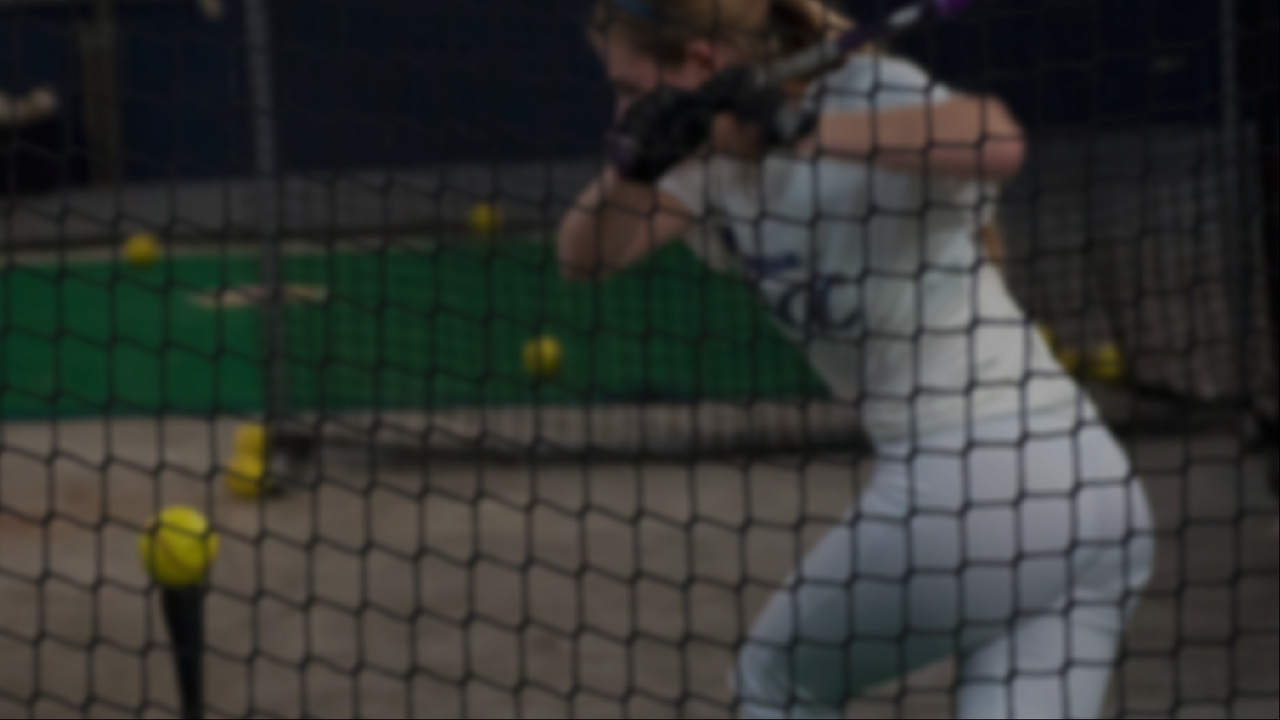The Pros of Using a Softball Instructor

There are nine positions on the softball field. Each defensive position is unique and requires different skills, game knowledge, and attention. Defensive positions can be broken up into four segments, pitching, catching, infield, and outfield. It’s important that softball players learn the proper skills needed to execute their role at their position of choice. It’s common that softball players will learn these skills from their team coaches, parents, at camps and clinics, or from individual private one-on-one and group instructed lessons.
Finding the right instructor in softball can be a challenge. There are plenty of credible and knowledgeable softball instructors located all across the country. The tricky part is doing the research and finding the right fit for your player. Word of mouth is the easiest way to hear about an instructor in your area. Sometimes all it takes is a parent or a coach to watch an opposing pitcher throw and wonder who she learned from.
Pitchers are the most likely to have a private instructor or coach. It is definitely not needed but instead encouraged if players want to see their skills develop and take their game to the next level. Pitching instructors are encouraged for various reasons. First, the teams who are the most successful often have a dominant pitcher who throws strikes in the circle. Throwing strikes occurs due to quality and consistent pitching mechanics, which are often enforced by private instructors at lessons. Second, it’s beneficial to have expert eyes on pitchers in practice or lessons to make sure the pitcher is pitching correctly. Executing proper pitching mechanics will keep the pitcher’s arm healthy, improve accuracy, and gain speed. Pitching instructors also enforce focus on the mental game as well. This is easier to do in a private lesson where the instructor can get to know the player, rather than in a group or clinic setting.
Catching instruction is as beneficial as pitching instruction. There are many different ways to teach blocking, receiving, and throwing. Group lessons and clinics are recommended for the younger catchers who are just starting out. The catching position causes wear and tear on the leg and arm muscles, and it’s important that the youngsters learn the correct way. Catchers should practice polishing their catching craft as much as pitchers practice theirs. The pitcher and catcher make up the battery on the softball field. All eyes are on them every single pitch. Pitchers and catchers serve as accountability partners. One cannot succeed without the other, and they are the best when they are working together. Just like there are pitching drills that focus on form and mechanics, there are as many if not more that catchers can work on. Former college catchers and coaches that specialize in catching will know and teach these.
Infielders and outfielders can get away with avoiding the private lessons; however, it’s important that they learn the proper form and game knowledge to fulfill their role at their position. Infielders and outfielders benefit from reps and lots of them. Don’t be satisfied with the reps that you take from your position at practice. The players who will stand out on game days are the ones who put in the additional work on their own time. Glove drills, roll ground balls, short hops, and throwing progressions can be done anywhere with a partner. Position players will benefit from camps and clinics where there are lots of reps and competition. Drills and skills go hand in hand for infielders and outfielders.
Finally, it’s time to focus on the offensive part of the game. Manufacturing and scoring runs in softball are critical to the success of the team. You can’t win in softball by scoring zero runs. Many softball players will use a club or a private individual hitting instructor in their early years. When players get to the college level, there will be a coach who specializes in hitting. Like pitching, searching for the right hitting instructor can often be a challenge. It’s important to do research beforehand, to learn about the instructors and their background. Acquiring a hitting instructor is beneficial to players because they will learn and trust their swing. The more hitters can believe in their swing, the more successful they will be on game day.
Using a softball instructor is very common. However many players will make it to the next level without one. Softball instructors in one-on-one settings, group lessons, or camps and clinics, have one job. To make each player they work with better. Instructors will pass on their knowledge of the game and share drills, guidance, and give insight on the lessons they may have learned along the way. It is a two-way street with instructors and players. The players must be receptive to the information being passed along and apply it to practice and games. If you’re on the fence about softball instruction, start with a group camp or clinic. It never hurts to give something new a try, especially if it could potentially lead your player down a path to success.





